Content by Amanda Blair
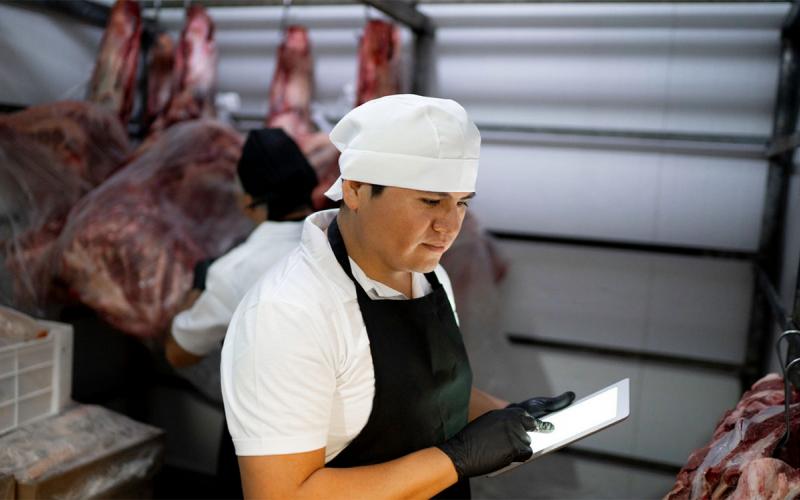
So, You Want to Build a Meat Processing Facility? Five Initial Steps to Consider
The need for more small meat processing capacity and skilled workers is not a new problem facing rural America. No matter the reason for wanting to build, here are some steps to consider before diving in.

Hormones in Beef: Myths vs. Facts
Confusion and concern often surround the use of hormones in beef production. It's important to understand that hormones are naturally occurring in cattle, and if they were eliminated completely, the animal could not survive.
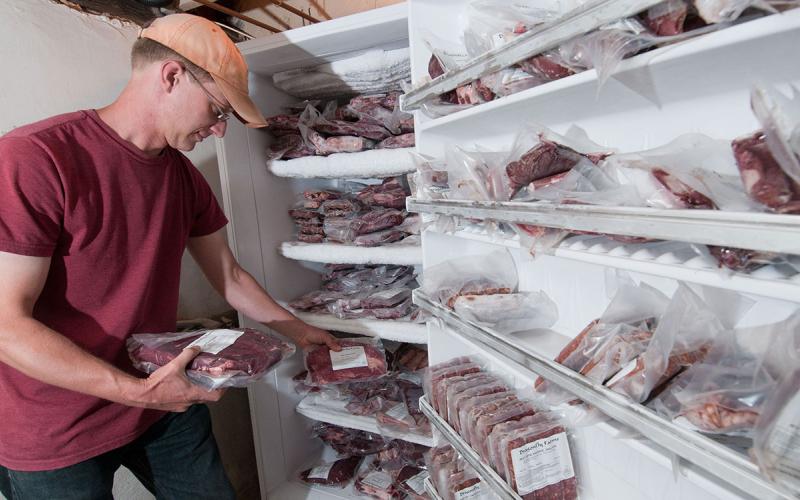
Raising Freezer Beef: Meeting Customer Expectations
A variety of factors may lead consumers to purchase beef directly from a producer. When purchasing freezer beef, most consumers expect an eating experience that would be as good or better than buying beef from retail.
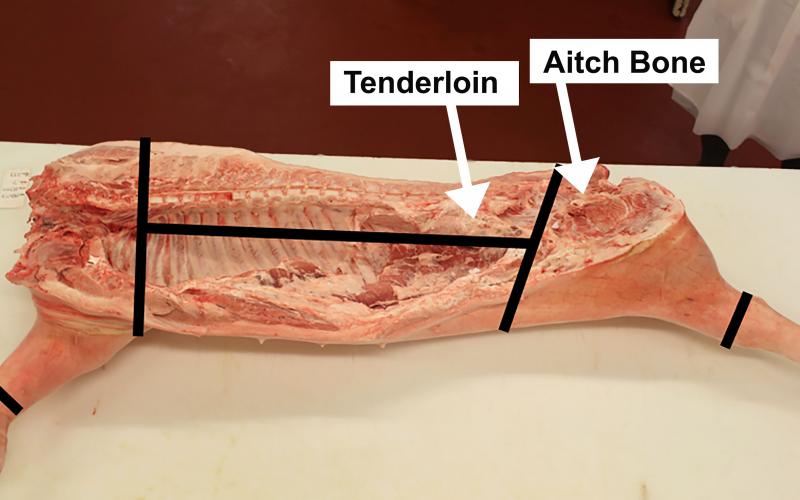
At-Home Hog Slaughter
One option to address supply chain disruptions is to butcher pigs at home.
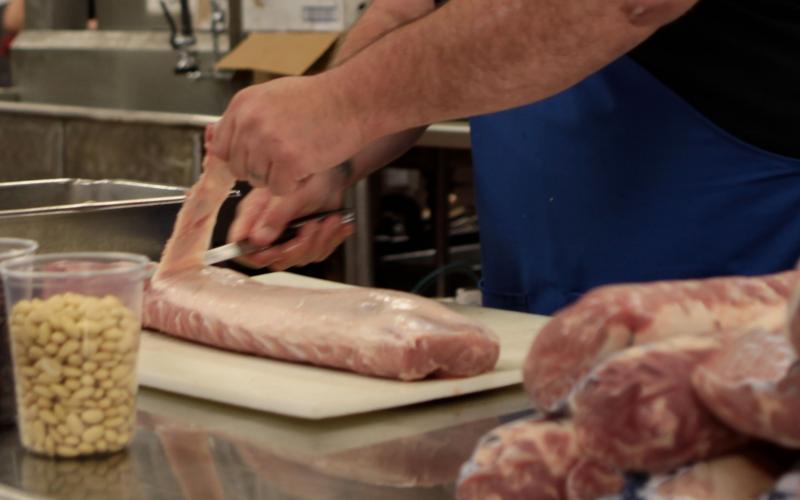
Pork Carcass Fabrication: Primal and Retail Cuts
This article is intended to provide guidance on the proper techniques for fabricating a pork carcass at home.
Cell-Based Meat Products: Background and Current Status
There is ongoing development of cell-based or lab-grown meat products by numerous companies around the world.
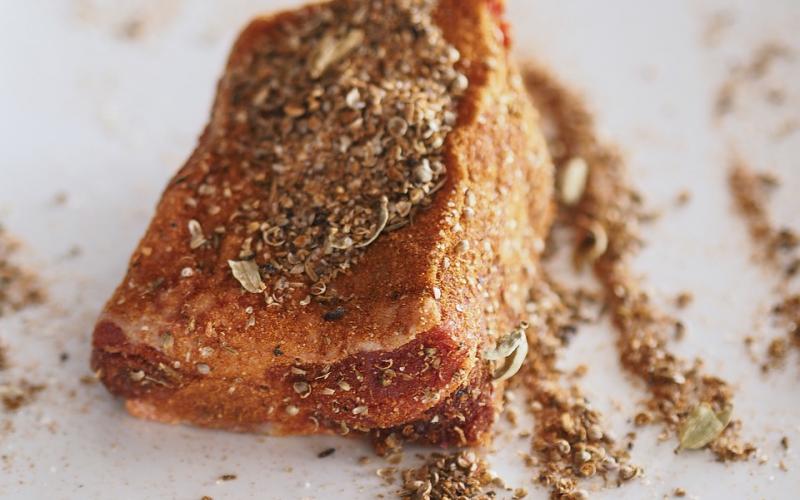
Tips for Making a BBQ Rub
A rub is simply a blend of herbs, peppers, spices or seasonings that are blended to add flavor by coating the surface of meat.
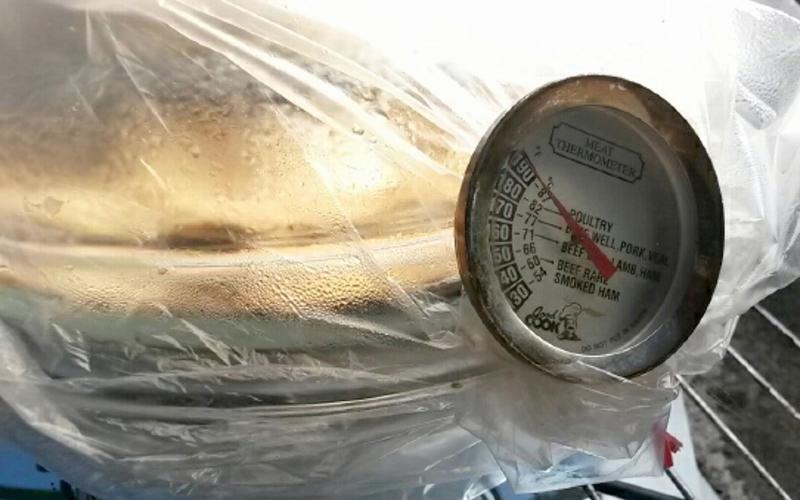
How to Calibrate a Meat Thermometer
A properly calibrated meat thermometer is key for achieving both meat safety and quality.
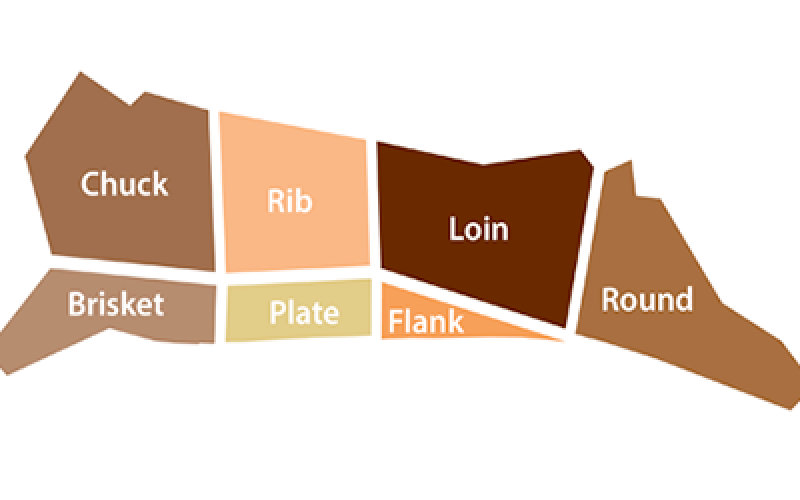
Adding Value to the Beef Carcass: Getting to know the value cuts
New value cuts have provided value back to the beef supply chain. Alternative fabrication provides consumers with more options and increases per head carcass value.
Is it Done Yet? How to Determine Meat is Cooked Properly
“Is it done yet?” We all ask this question when cooking and there are a variety of methods that have been passed down to determine the ‘doneness’ of different products